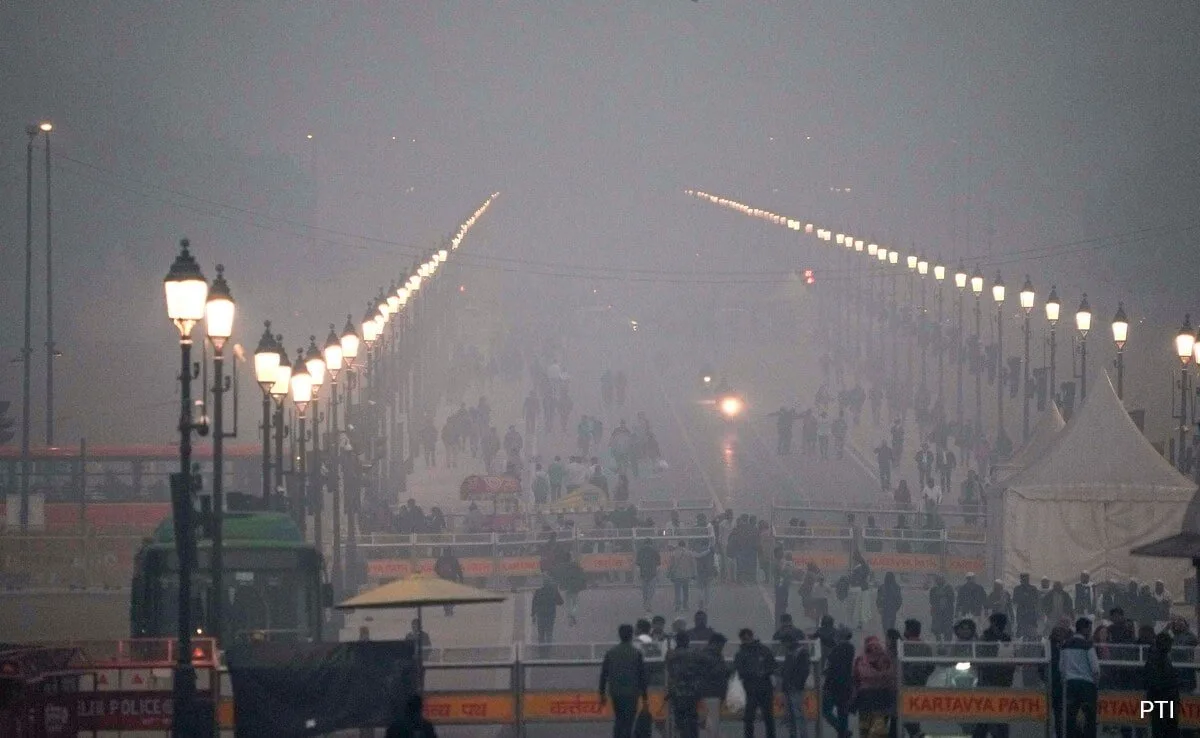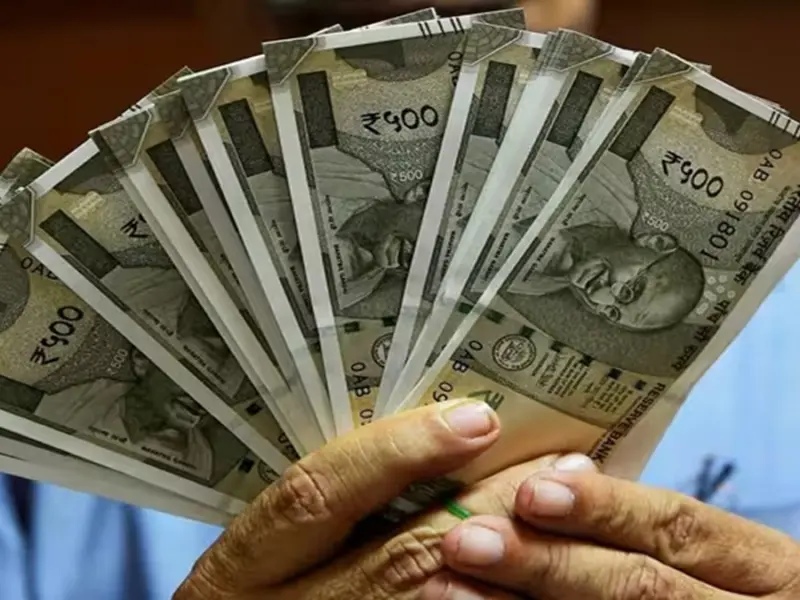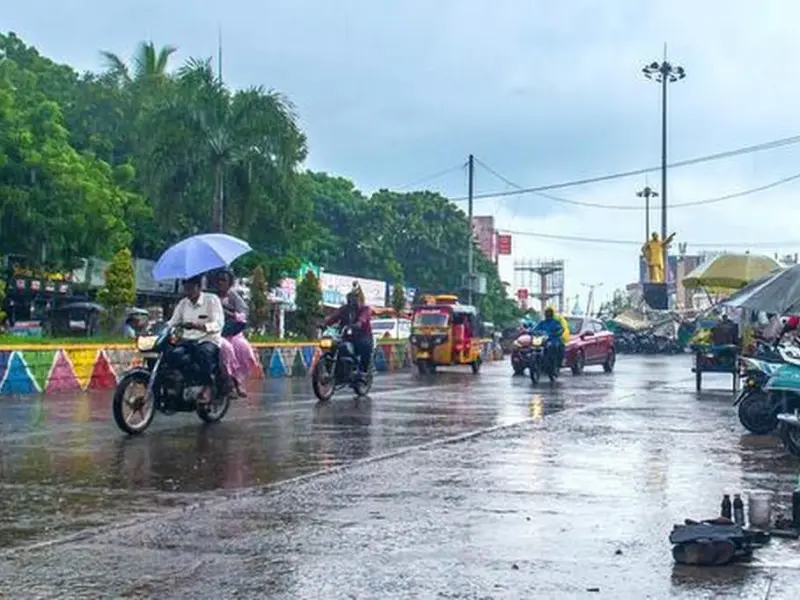IMD Weather Forecast Today: While the rain continues in South India due to Cyclone Dana, the cold wave has started increasing in North India. The Indian Meteorological Department (IMD) has predicted rain across the country due to the effect of the storm, cold winds and the cold will increase due to the effect of both.
Talking about the capital Delhi, air pollution has also started increasing along with the increase in cold here.
Due to cyclonic storm Dana, there may be rain in about 10 states in the next 3 days. At the same time, due to the Western Disturbance becoming active between 28 and 30 October, there will be snowfall in the mountains. This will cause a drop in temperature in all the plains including Delhi. Cold will increase due to northwest winds. After Diwali, the cold will increase across the country and fog will start to cover.

As winter rolls in, Delhi residents are already preparing for the seasonal chill that turns the city into a misty wonderland. Every year, winter in Delhi brings its own unique character, affecting not only the daily lives of its residents but also the city’s air quality, visibility, and energy demands. Here’s a look at what to expect from Delhi’s cold season weather this year.
The Onset of Cold: Gradual Cooling with Crisp Mornings
Delhi’s winter generally kicks in around mid-November, with temperatures slowly starting to drop from their post-monsoon highs. Early winter mornings bring a cool breeze with them, making it ideal for morning strolls. As November progresses, minimum temperatures dip, usually ranging between 8 to 12 degrees Celsius by the end of the month. Day temperatures hover around 20 to 25 degrees Celsius, but the evening chill starts setting in early.
December and January: Peak Winter
The coldest months in Delhi are typically December and January, with January often seeing the lowest temperatures of the season. Minimum temperatures can fall to 3-5 degrees Celsius, with some nights even touching freezing in parts of Delhi’s outskirts. This season, forecasts suggest that temperatures could dip slightly lower than average, with cold waves expected to sweep through the city periodically.
What to Expect:
- Dense Fog and Low Visibility: Fog blankets the city, especially in the early morning hours, impacting visibility for drivers and slowing down train and flight operations. The fog is usually at its densest in January, creating an ethereal yet challenging landscape for travelers.
- Cold Waves: Periodic cold waves are likely, with night temperatures potentially dipping to 1-2 degrees Celsius in some areas of the city. Be prepared with layers to stay warm during these spells.
Air Quality Concerns
Winter in Delhi is synonymous with poor air quality. As temperatures drop, pollutants from vehicle emissions, industries, and stubble burning tend to settle in the lower atmosphere, causing a rise in particulate matter. This year, experts suggest that air quality may reach hazardous levels on several days, especially in November and early December, due to a combination of low wind speeds, high humidity, and inversion layers trapping pollutants.
Precautions to Take:
- Consider wearing a mask, especially on high AQI days, to limit exposure to pollutants.
- Use air purifiers at home or work, especially in rooms where you spend the most time.
- Avoid outdoor exercise on days when AQI is at its peak.
The Beauty of Delhi Winters
Despite the chill and air quality concerns, Delhi’s winter has a charm of its own. It’s a season for hot chai, vibrant winter festivals, and iconic foods like roasted peanuts, chole bhature, and gajar ka halwa. Gardens across Delhi bloom with winter flowers, adding splashes of color to the cityscape.
Tips for Enjoying Delhi Winters
- Layer Up: Temperatures fluctuate widely from day to night, so wearing layers is the best way to stay comfortable throughout the day.
- Stay Hydrated: The cold and dry winter air can be dehydrating, so make sure to drink plenty of water.
- Enjoy Outdoor Activities Safely: While the crisp air is inviting, limit outdoor activities during high-pollution days. Try to explore the city’s parks and historical sites when AQI levels improve.




